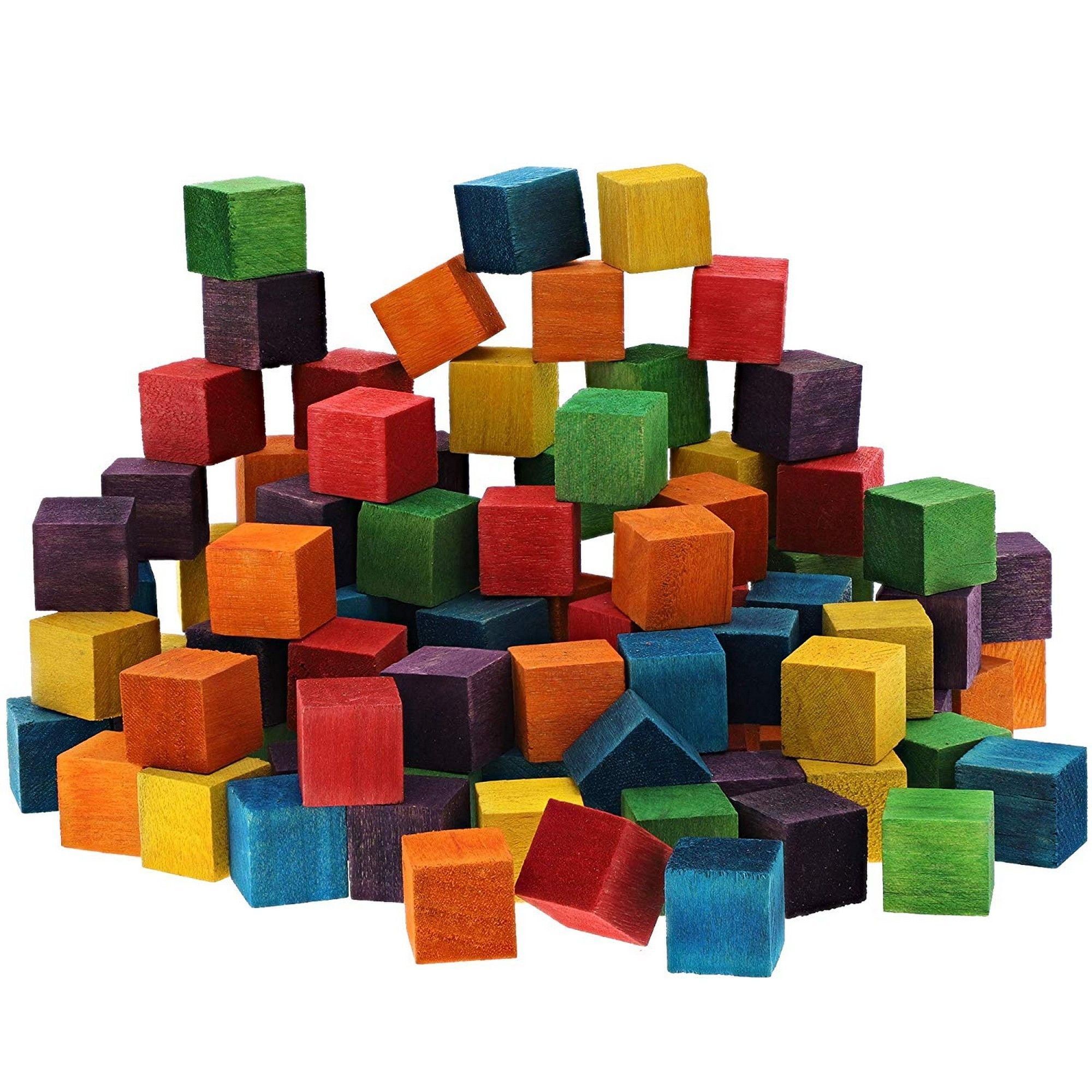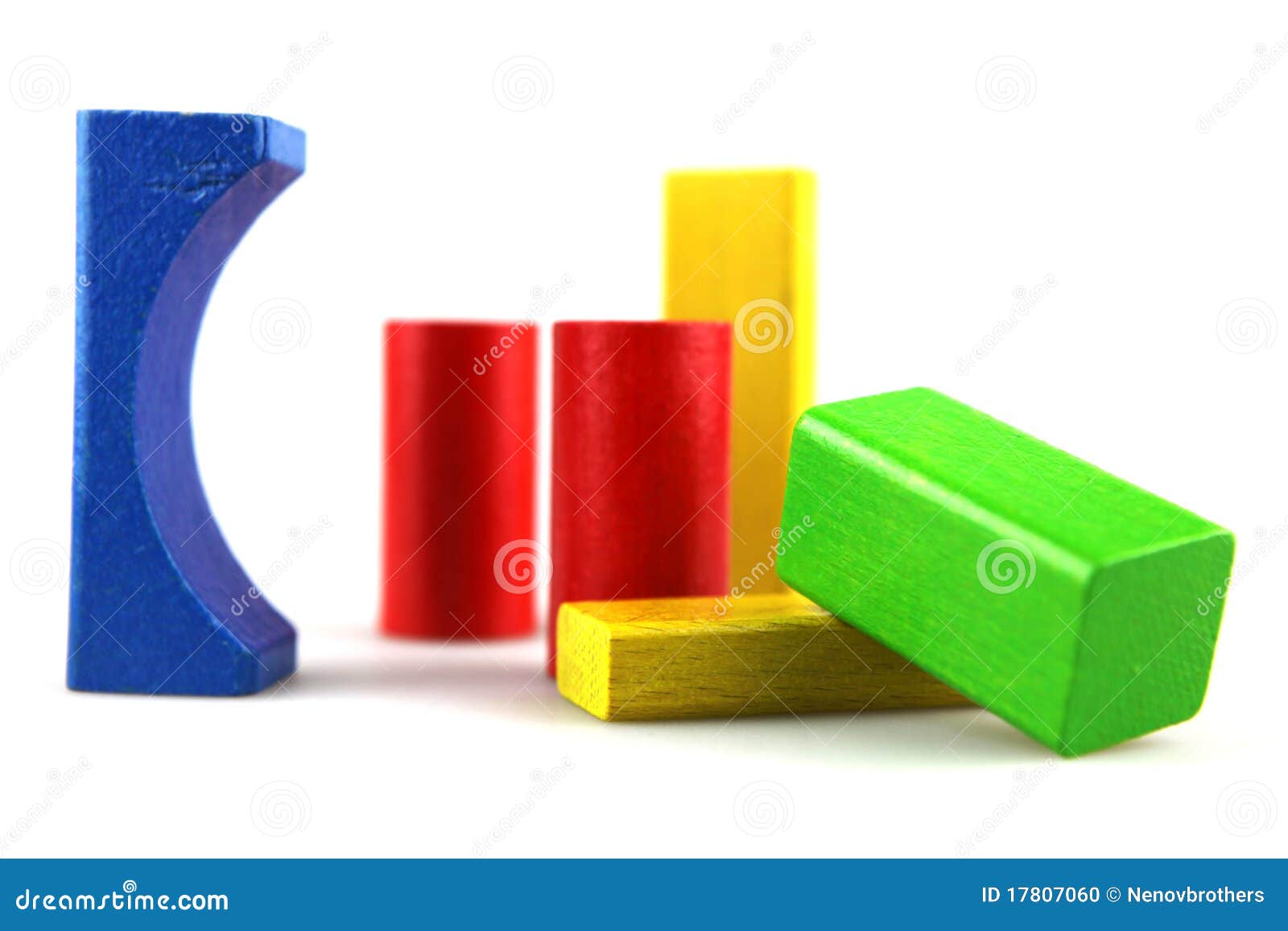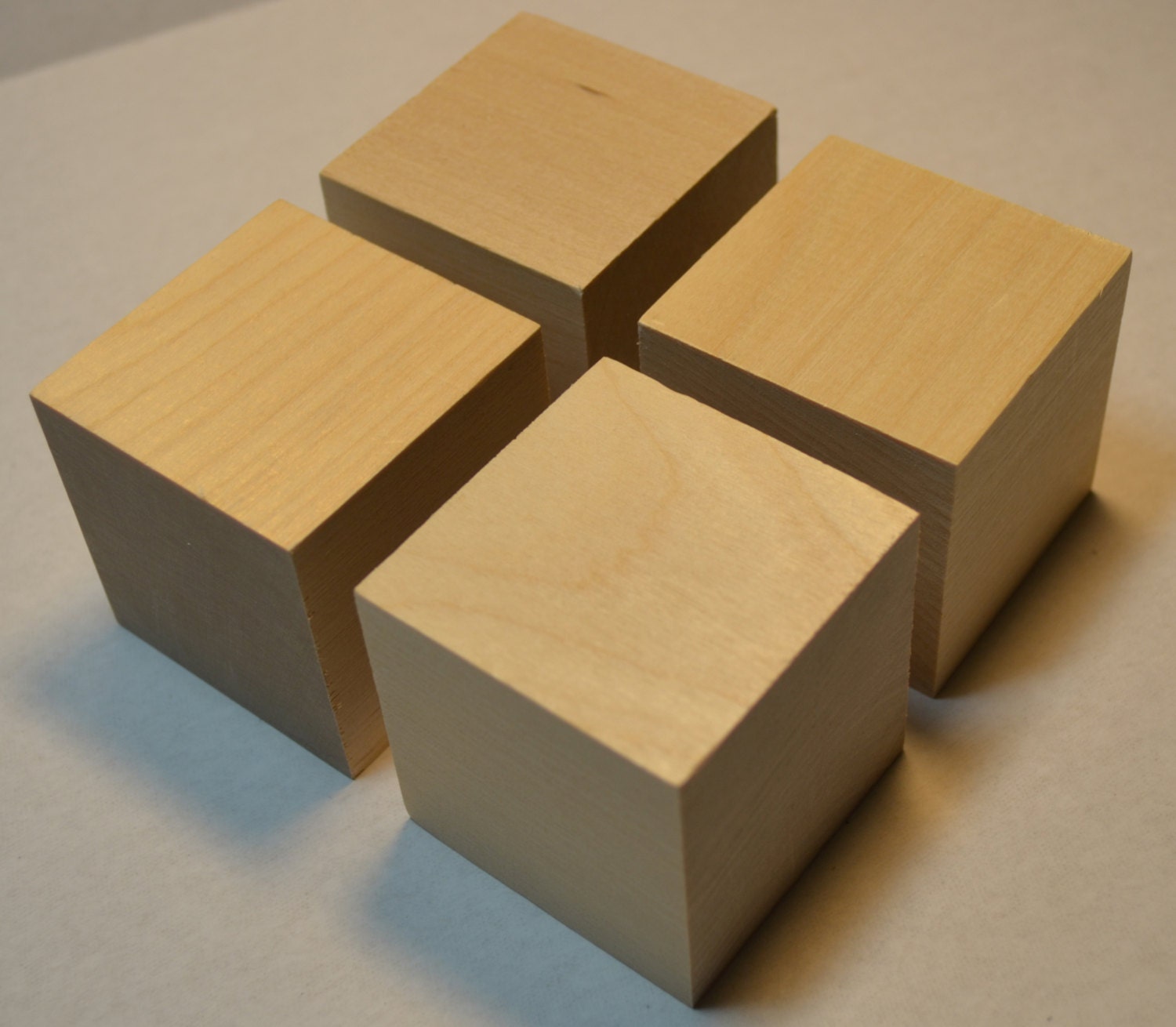
Of over eighteen hundred illustrations there are fewer than seven hundred unique images. Many famous people and cities from throughout the world are depicted, but illustrations were often repeated in the book with only the labels changed. The Liber cataloged the history of the world from its origins in the Bible, including medieval and contemporary events mixed with fables, myths and legends. The woodcuts were produced in the workshop of Michael Wolgemut, and it is thought that the young Renaissance master Albrecht Dürer, who was studying under Wolgemut, could have designed some of them.
#Color wood blocks full#
Here we see a hand-colored illustration of a medieval town, removed from a full sheet that would have also contained text. Michael Wolgemut (workshop of) (1434 – 1519)įirst published in 1492, the Liber Chronicarum or Nuremberg Chronicle, is widely regarded as an outstanding example of early printing largely due to the quality of its illustrations and masterful typography. They explored the expressive qualities of color, form, and the wood block itself, bringing together age-old and innovative techniques that continue to move this age-old medium forward. The AAA was the wellspring of the abstract art movement in America, and printmaking was a focus of experimentation and innovation for its artists. Many American artists who participated in the Federal art programs then became early members of the brand-new American Abstract Artists group in 1936.

In the United States, color wood block prints were introduced to the broader public during the Depression, when government-sponsored art projects made use of many printmaking techniques both to further New Deal ideologies and to keep artists working. When these masterpieces became known to artists in Europe after the opening of Japan, they inspired the Impressionists, engendered Japonisme, and set the groundwork for a back-and-forth exchange of influence that lasted throughout the Arts and Crafts period. A pinnacle of Japanese color wood block printing was achieved in the ukiyo-e prints of the late Edo period. Meanwhile, in isolated Japan, artists were developing color wood block printing in a different direction: instead of illustrating books or reproducing paintings, prints became works of art in their own right. While the chiaroscuro technique produced some stunning results, it was soon eclipsed by engravings as the preferred method for reproducing artwork. The 16 th century introduced the innovation of the chiaroscuro wood cut, in which subtle variations in tone create images with shadows and highlights that seek to reproduce drawings and watercolors. The technique was soon adapted for use in the new printing press, and the earliest color press-printed book illustrations co-existed with traditional methods of hand coloring. The exhibition is not a comprehensive survey, but an overview of some of the high points in the medium’s development, with emphasis on American prints of the twentieth century.Īlthough color wood block printing was known in Asia from at least the 8 th century, it was also invented independently in Europe around 1400.



Color in Relief presents over 40 examples of this printmaking technique. The art of carving into wood to create a two dimensional image which can be used to create multiple impressions is the oldest form of graphic art. This exhibition is a celebration of color, specifically as achieved by artists working in the medium of wood block printing. Booth Family Center for Special Collections.Rare Books, Manuscripts, Art & Archives.


 0 kommentar(er)
0 kommentar(er)
